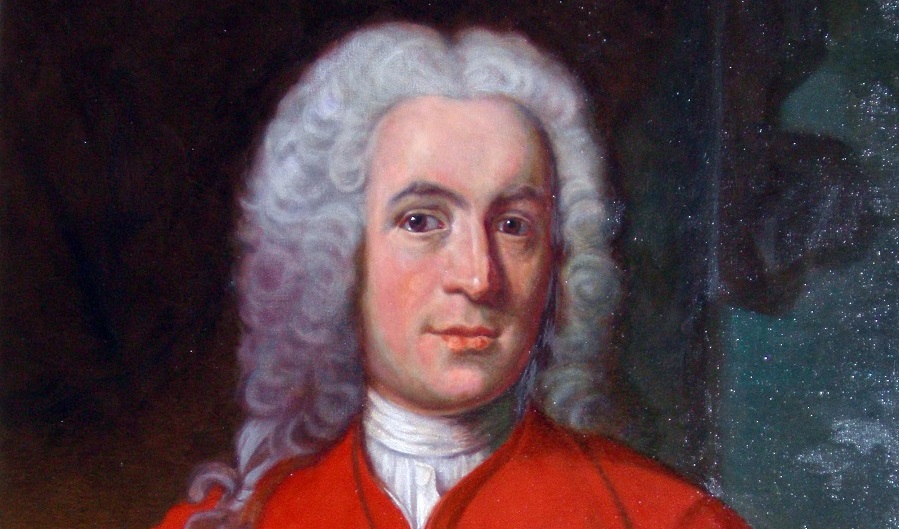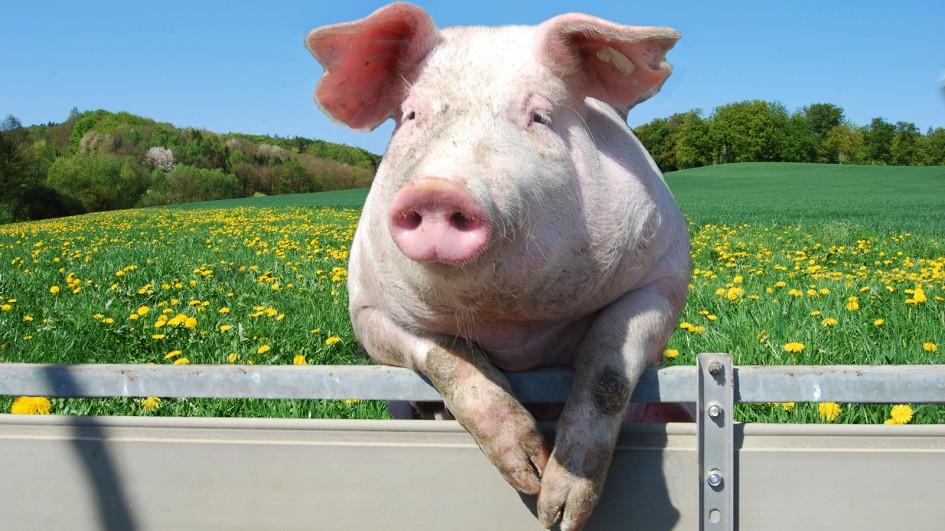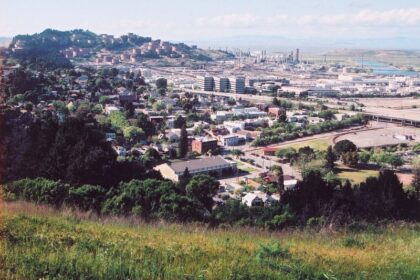Carl Linnaeus was a Swedish botanist, physician, and zoologist, who formalized the modern system of naming organisms called binomial nomenclature. He’s known by the epithet “father of modern taxonomy.” Take a look below for 30 more awesome and interesting facts about Carl Linnaeus.
1. Many of his writings were in Latin and his name is rendered in Latin as Carolus Linnaeus.
2. Linnaeus was born in the countryside of Smaland, in southern Sweden.
3. He received most of his higher education at Uppsala University and began giving lectures in botany there in 1730.
4. He lived abroad between 1735 and 1738, where he studied and also published a first edition of his Systema Naturae in the Netherlands.
5. Linnaeus then returned to Sweden, where he became professor of medicine and botany at Upssala.
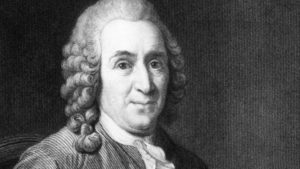
6. In the 1740s, he was sent on several journeys through Sweden to find and classify plants and animals.
7. In the 1750s and 1760s, he continued to collect and classify animals, plants and minerals, while publishing several volumes.
8. At the time of his death, he was one of the most acclaimed scientists in Europe.
9. The philosopher, Jean-Jacques Rousseau, sent him the message: “Tell him I know no greater man on Earth.”
10. The German writer Johann Wolfgang von Goethe wrote: “With the exception of Shakespeare and Spinoza, I know no one among the no longer living who has influenced me more strongly.”
11. In botany, the author abbreviation used to indicate Linnaeus as the authority for species’ names is “L.”
12. Linnaeus’ remains comprise the type specimen for the species Homo sapiens, following the International Code of Zoological Nomenclature, since the sole specimen he’s known to have examined when writing the species description was himself.
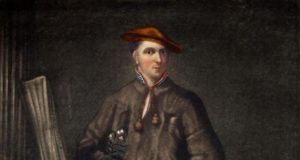
13. Linnaeus was born in a rural region of Sweden, only the second generation to have a permanent last name.
14. Until he was born, the family had always used the patrilineal naming system common in many Scandinavian countries.
15. His father, Nils, attended university and therefore had to have a permanent surname instead of a changeable name based on parentage. He named himself after a tree that commonly grew in the region.
16. Carolus was given the middle name Nilsson after his father, in keeping with the traditional naming system.
17. Linnaeus attended school at Uppsala University, where he became a botany lecturer at the age of 27.
18. He traveled abroad extensively for his studies, and eventually began an international expedition to study and classify wide varieties of plants, animals and minerals.
19. He published many volumes of works on his studies, and became one of the most well-known scientists in Europe.
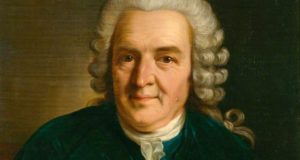
20. Linnaeus traveled extensively and uncovered hundreds of species that had no scientific designation before. He published many works on these specimens, which were mostly flora.
21. While traveling in Lapland, he saw a bone from a horse lying on the ground, and realized that if he had a system of classification for animals, he could have identified the bone.
22. He spent several years serving as the curator and head of a number of different botanical gardens, expanding his knowledge base and classifying even more specimens.
23. Linnaeus eventually returned to Sweden and found a position as a physician for the Admiralty.
24. His position as a physician provided a steady income, and Linnaeus was able to marry his fiancee, Sara Elisabeth Moraea.
25. While in Sweden, he became one of the founders of the Royal Swedish Academy of Sciences and became its first Praeses when his name was drawn.
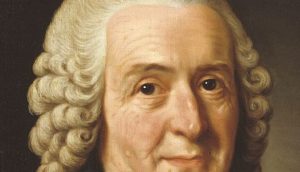
26. He took a position as a professor of medicine at Uppsala, but swapped with another position to become the head of the university’s botanical garden.
27. He was rewarded for his contributions to science with ennoblement by the Swedish king, taking the name Carl von Linne.
28. As a child, Linnaeus would often get upset. His parents and friends knew that if they gave him a flower, he would soon calm down.
29. First printed in 1735, the book Systema Naturae was the complete description of how Linnaeus had classified more than 7,000 species of plants and 4,000 species of animals. The classification system for plants and animals devised by Linnaeus forms the backbone of all modern biological sciences.
30. In 1750, he became rector of Uppsala University. He would hold the position for the next 22 years.

